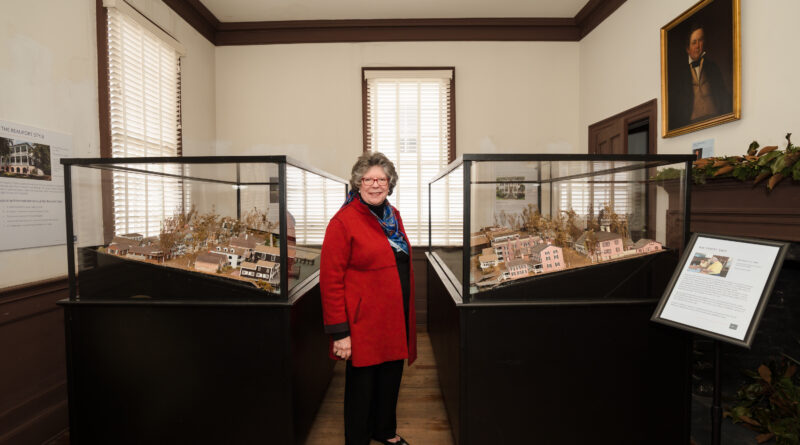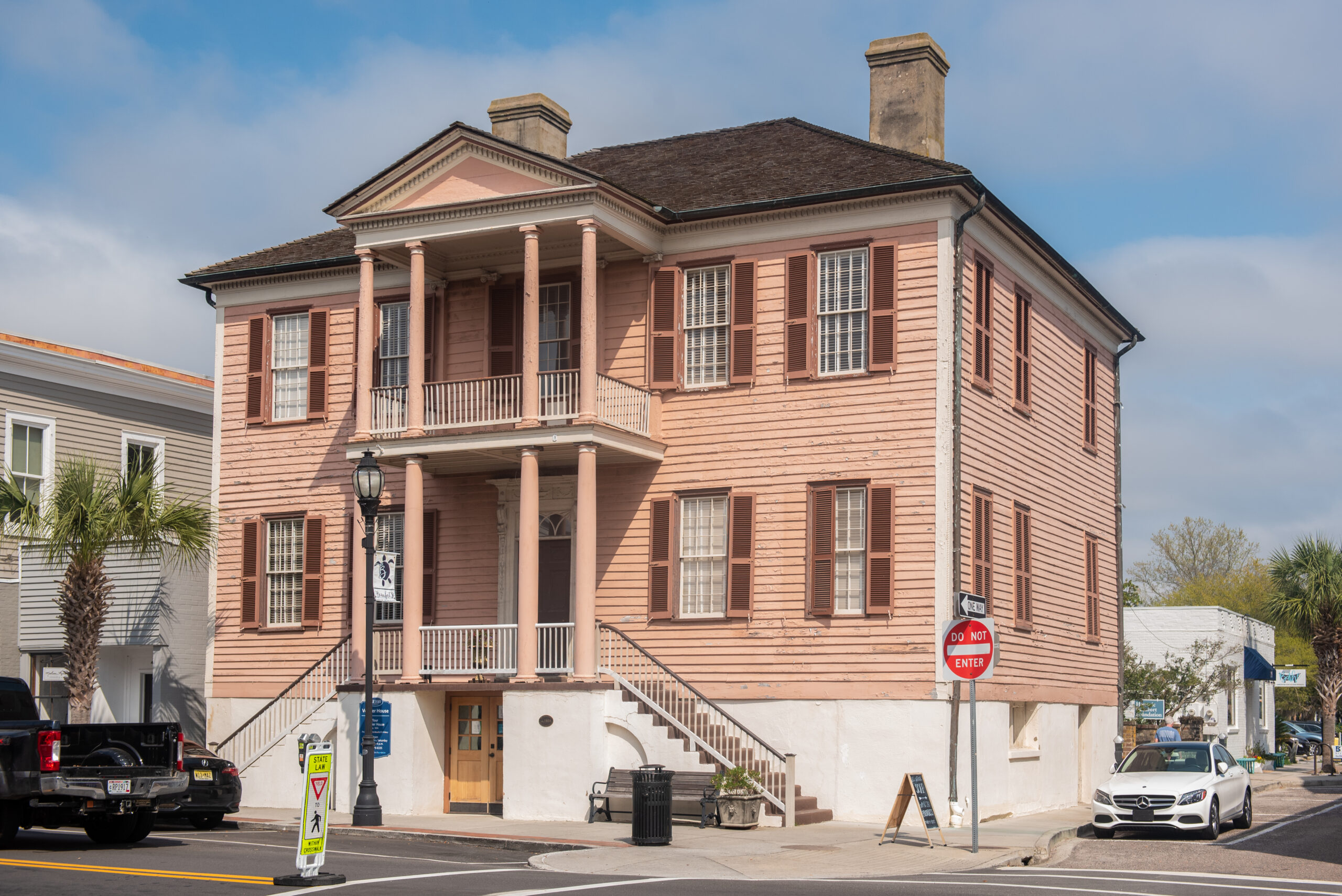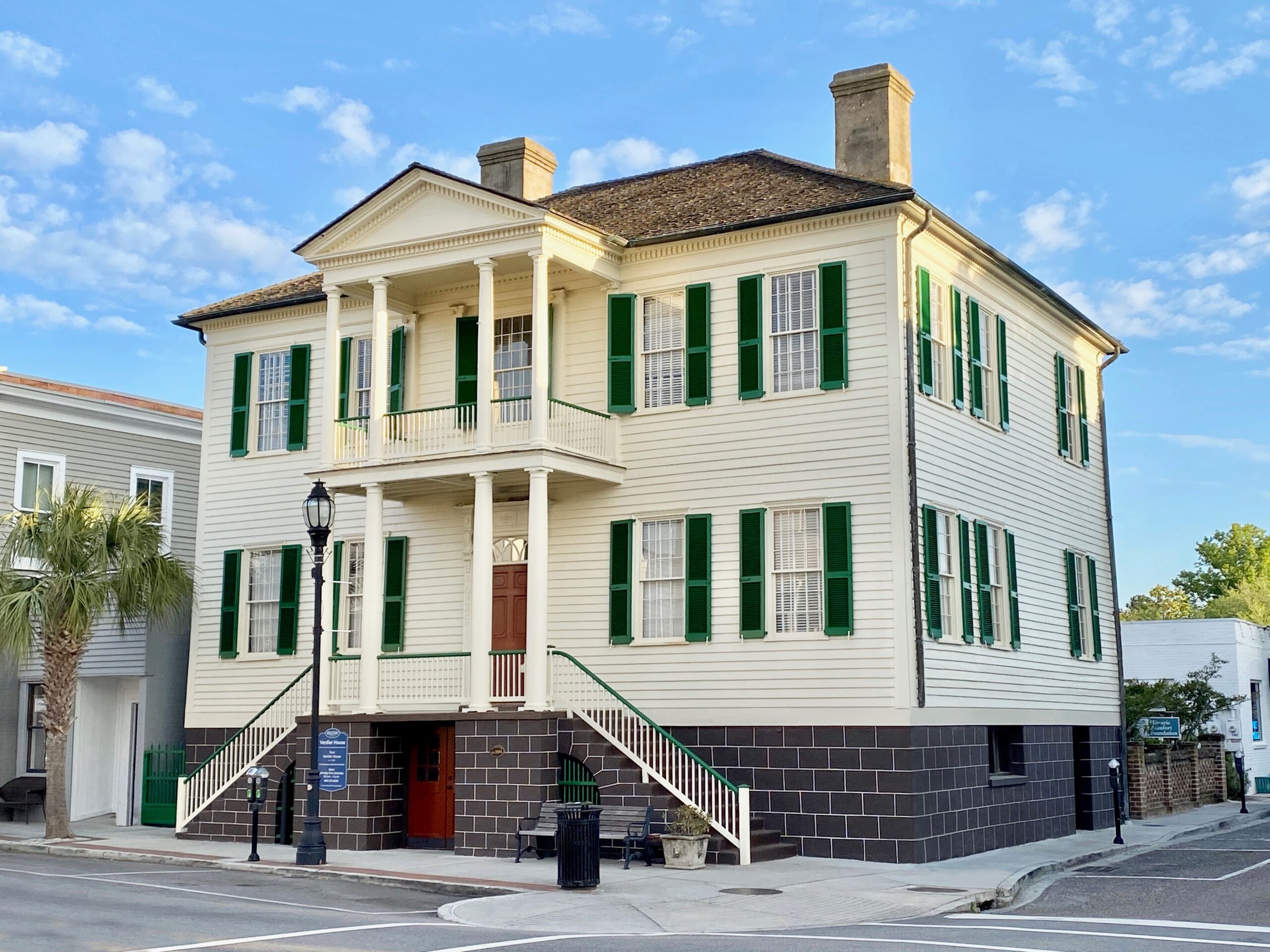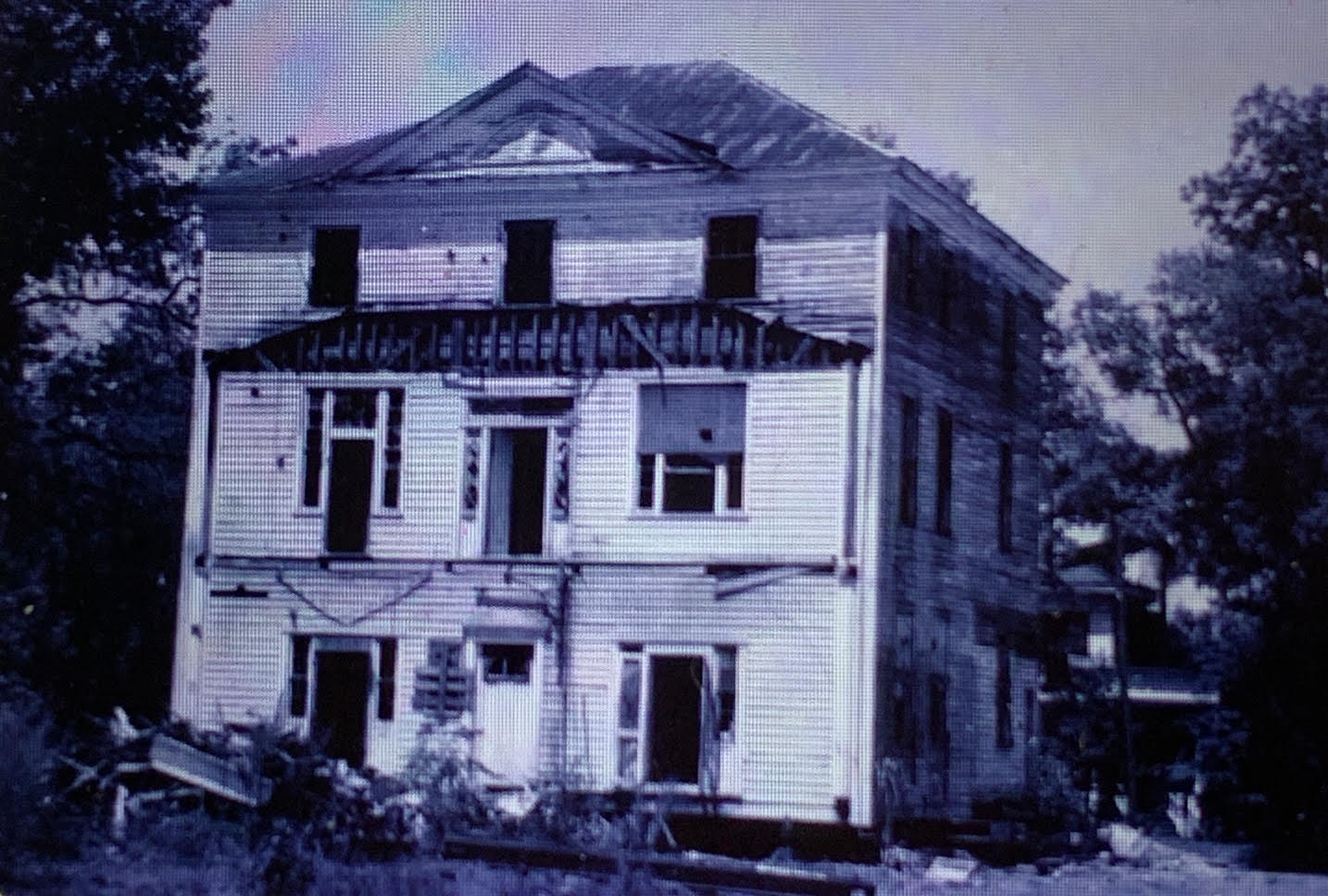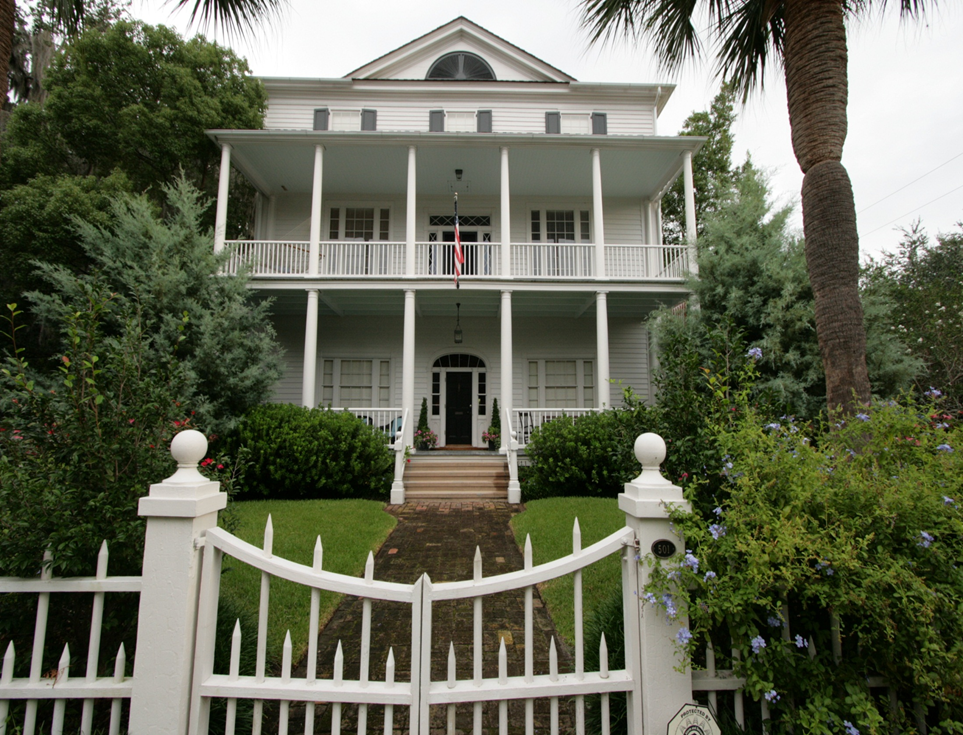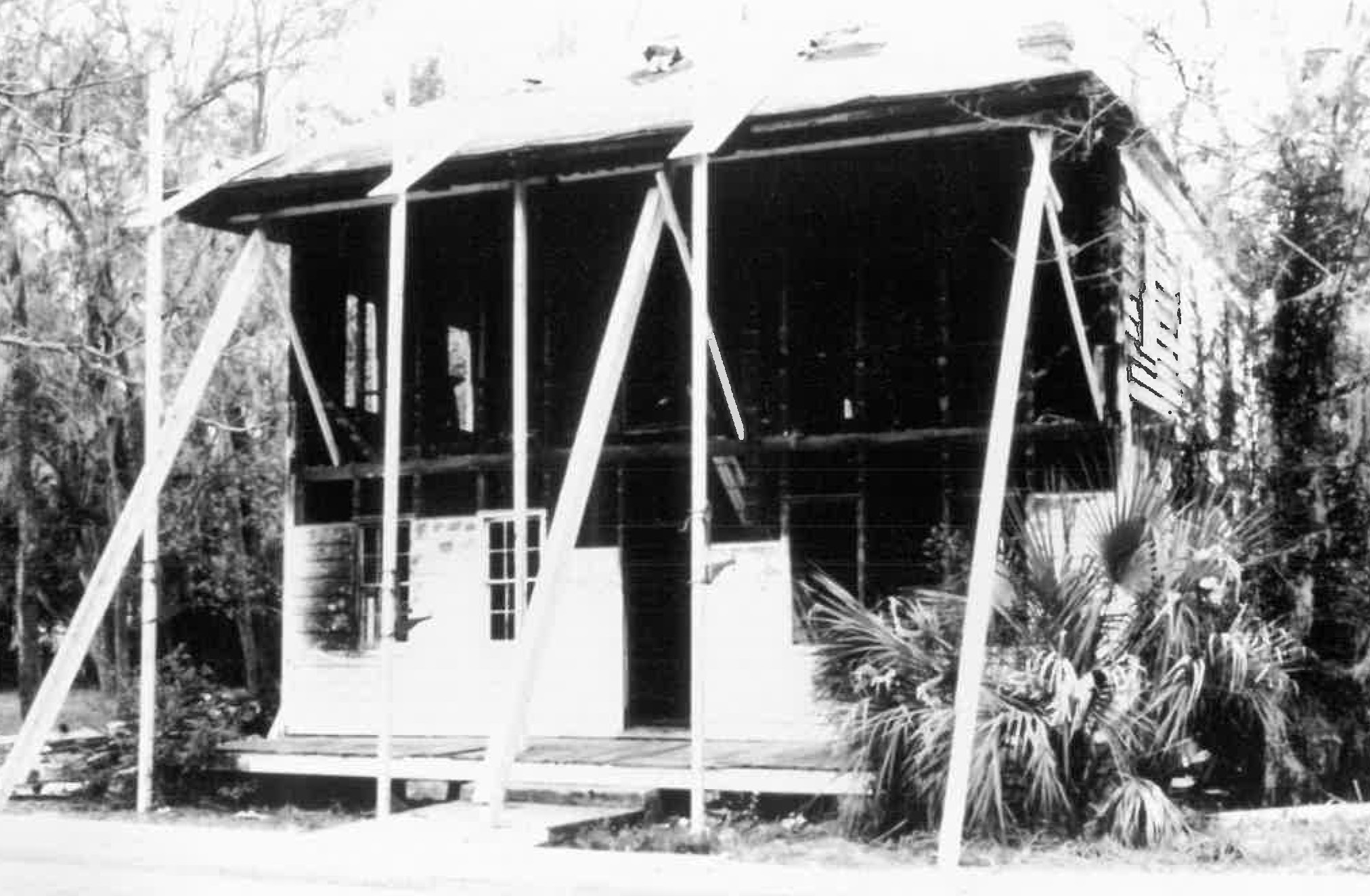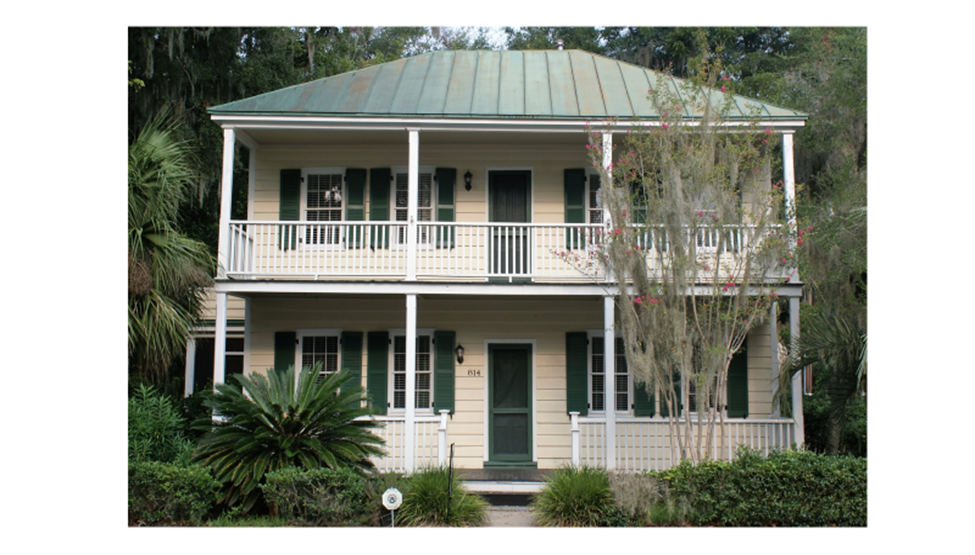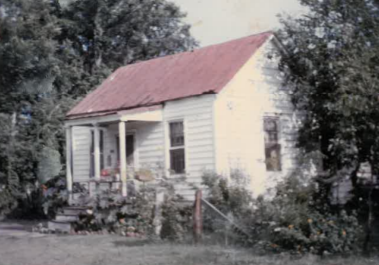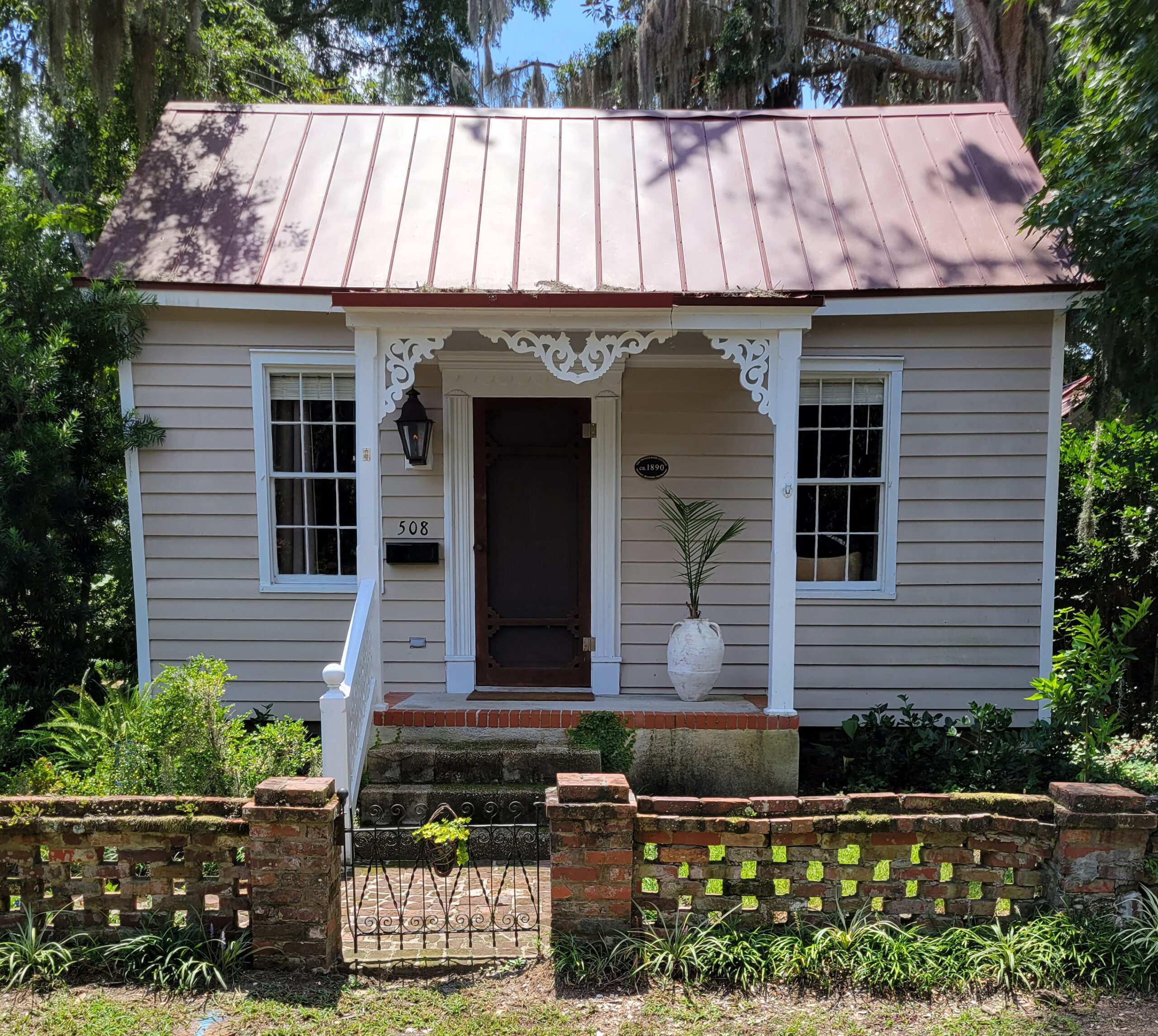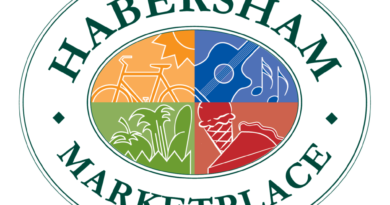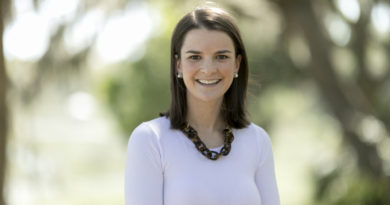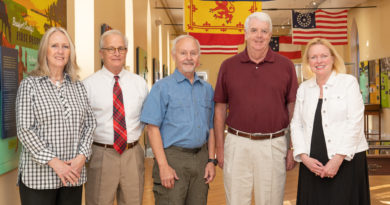Cynthia Jenkins
Commitment to Preserve Beaufort’s History
story by JEANNE REYNOLDS photos by SUSAN DELOACH and courtesy of HISTORIC BEAUFORT FOUNDATION
 “It was great fun.”
“It was great fun.”
If you talk with Cynthia Jenkins for very long, you’ll likely hear her describe one of her fascinating and diverse experiences with that understatement. She is the Historic Beaufort Foundation executive director and has been honored by the governor of South Carolina with a prestigious award for historic preservation, and was shot at while tracking down an old family home on an isolated rural road (not on the same day, thank goodness). And a half-century into a career as a nationally recognized historic preservation expert, Jenkins says her journey has indeed been fun — and sometimes surprising.
“Preservation opened an amazing number of doors for me and has taken me down paths I’d never imagined,” she says.
OLD BUILDINGS AND BACK ROADS
That path ran from Tennessee to South Carolina several times before settling in Beaufort. Jenkins grew up near Nashville, moved with her family to Myrtle Beach when she was 14, then returned to Tennessee to attend Middle Tennessee State University. She was two months away from graduating with a double major in history and business, and minors in secondary education and English, when the school announced a new undergraduate program in historic preservation.
“I always loved old houses and buildings,” Jenkins says, so she stayed another year to complete that degree. She was one of only three students who started the program’s first year and became the first person in America to earn an undergraduate degree in historic preservation, with classes ranging from identifying different types of wood to architectural drawing.
Jenkins’ first job after graduating was helping with excavations at The Hermitage, the home of Andrew Jackson, shortly before the U.S. Bicentennial celebration. But she found archaeology wasn’t the best fit for her. “I’m not very patient,” she admits. “When I find something exciting, I want to jerk it out of the ground.”
However, a visit home that fall included a side trip to the State Historic Preservation Office in Columbia, which quickly led to a job with the Lowcountry Council of Governments based in Yemassee. Jenkins was tasked with developing a regional survey of historic sites in Beaufort, Colleton, Hampton, and Jasper counties, resulting in the book Historic Resources of the Lowcountry.
“I drove every dirt road in four counties,” she recalls. “Most of the documentation about these old properties — mortgages, wills, deeds — was destroyed in the Civil War, so I had to use old maps to identify them.”
One of those back-road trips triggered the potshot episode (a case of mistaken identity), where, fortunately, she wasn’t injured. Equally as fortunate, she got to know the owner of Auldbrass, a plantation in Yemassee designed by architect Frank Lloyd Wright in 1939. The family was using the 6,000–7,000-acre property as a hunting retreat and wanted to ensure the long-term protection of the plantation complex.
“In the mid-’70s, people didn’t appreciate Frank Lloyd Wright,” Jenkins said. But she immediately recognized the hidden jewel and assisted in its preservation and restoration, eventually putting it on the National Register of Historic Places. The property, now owned by Hollywood producer Joel Silver, was authentically restored using Wright’s original drawings.
LEADING THE WAY
By this time, South Carolina had become fifth in the country in states receiving federal money for historic preservation — a model Tennessee hoped to emulate. Preservationists there enticed Jenkins to help organize their survey and planning program while she took the opportunity to pursue a master’s degree in historic preservation. But a distaste for the state-level politics of the job and distance from her family led her back to South Carolina and the Lowcountry.
“The Historic Beaufort Foundation (HBF) was then looking for its first executive director,” she says. “I came to help them look at resumes, and they offered me the job.”
Jenkins held the role from 1987 to 1994 before leaving due to family health issues. But the siren call came again in 1996 when the nationally known Preservation Society of Charleston recruited her as its executive director. The Society was founded in 1920 and is the oldest community-based preservation membership organization in the country.
“I’d gotten interested in how you manage and fund historic preservation, how you make money,” Jenkins says. That interest paid off: During her tenure, the Society’s endowment increased from less than $20,000 (due in large part to Hurricane Hugo recovery expenses) to more than $2 million, and membership grew by more than 30 percent.
She left the Society in 2009 and soon became an adjunct professor in a master’s degree program in historic preservation offered jointly by the College of Charleston and Clemson University, followed by a few years of preservation consulting and working with Blackstream/Christie’s International Real Estate in Greenville and the Upcountry.
But in 2019, HBF came knocking on the door again. And despite some qualms about coming out of “retirement,” she followed her heart.
“It’s hard to stop when you love it,” she says. “And I have the most wonderful husband in the world. He always says, ‘You’ve got to do this.’”
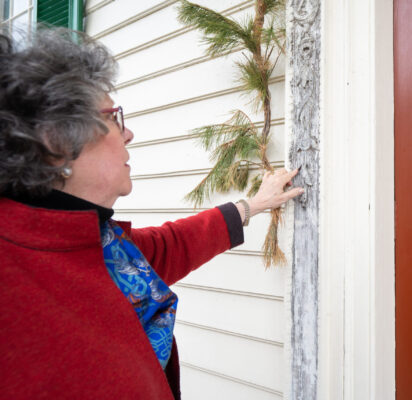 “I care so much about Beaufort and that our generation passes along the same special place we inherited. It’s just too important. When I returned to work here, people would say, ‘Please don’t let Beaufort become Charleston.’ Someone once told me a town without old buildings is like an old man without a memory. When they’re gone, you can’t replace them. The materials, the hands that built them, are gone.”
“I care so much about Beaufort and that our generation passes along the same special place we inherited. It’s just too important. When I returned to work here, people would say, ‘Please don’t let Beaufort become Charleston.’ Someone once told me a town without old buildings is like an old man without a memory. When they’re gone, you can’t replace them. The materials, the hands that built them, are gone.”
“You don’t lose the character and sense of place that is Beaufort overnight,” she continues. “The loss is gradual: the demolition of a few buildings or too much new construction that is out of scale and character with the setting and location. We must continue to protect the authenticity of the National Landmark Historic District and not allow ‘the architecture of anywhere’ to intrude into the special place that is the heart of Beaufort.”
CONNECTING PRESERVATION TO THE ECONOMY
Perhaps thanks to that college business major, Jenkins is able to combine her love of the past with hardheaded practicality for the future.
“I never imagined I’d be so tied to tourism and the economy,” she says. “One of the most important side effects of historic preservation is the economic benefits that come with tourism. HBF operates as a nonprofit educational organization. Preservation and history are among the top reasons people come here, whether to visit or to live. The 2022 Fall Festival of Houses and Gardens brought people from New York to California. But you must plan for tourism and guide it, or it destroys the area’s sense of community. People care greatly about preservation, and it helps us understand where we came from. I’m constantly learning.”
And she is continually earning new accolades too. In 2021, Jenkins received the Governor’s Award for Excellence in Preservation for her efforts to preserve the architectural and cultural history of the Lowcountry. And last July, her leadership led to HBF receiving Preservation South Carolina’s prestigious Stewardship Award for the exterior renovation of the Foundation’s flagship property, the John Mark Verdier House on Bay Street. Jenkins says that work has been one of her proudest accomplishments.
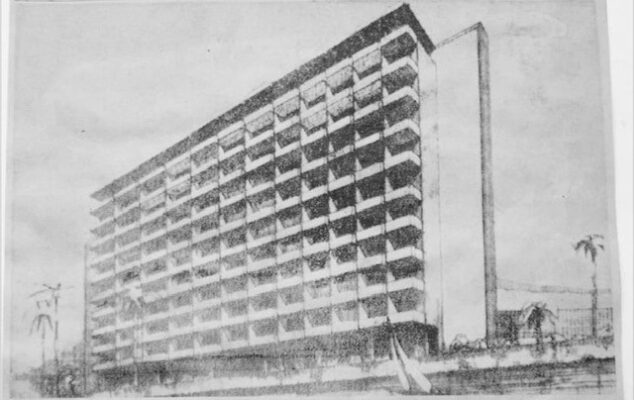
STILL WORK TO DO
Jenkins says her bucket list yet to accomplish includes protecting the National Historic Landmark District from overcommercialization and changes that would impact the authentic history and architecture of the city.
“I’m not opposed to new hotels and parking garages, but they need to respect the setting, including the location, design, and surrounding buildings,” she says. “We’ve got to be careful what we do in the most fragile part of town, and big buildings destroy the skyline and human scale of the city.”
Jenkins says the Beaufort Code, adopted five years ago, needs revising to better protect the heart of the historic city from demolitions and out-of-scale new construction that diminishes the place people care so much about.
“A good zoning code is the best way to ensure Beaufort stays Beaufort,” she says. “The City has just updated its nationally recognized design guidelines, originally adopted in 1980. The Beaufort Preservation Manual by John Milner Architects is unique among South Carolina cities, and assists property owners and the City of Beaufort’s Historic District Review Board in maintaining the architectural character so important in preserving the buildings and the setting, and continuing strong economic viability.”
“Beaufort has a unique character,” Jenkins says. “Charleston is famous for its single houses, and Savannah is famous for its squares. Beaufort is known for houses on big lots with a southern orientation, set far back, raised elevation, a low-pitched hip roof, and often a T-shape. Beaufort is special, and it’s fragile. We’ve had horrible ups and downs — wars, fires, hurricanes — but we’ve maintained our sense of place.”
“The world changes when you cross the Whale Branch, and you smell the pluff mud,” Jenkins continues. “It’s a way of life. If it’s a high tide when I’m coming into town, I know it’s going to be a good day.”
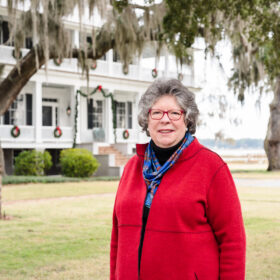 ABOUT THE HISTORIC BEAUFORT FOUNDATION
ABOUT THE HISTORIC BEAUFORT FOUNDATION
The Historic Beaufort Foundation started in 1944 when a group of citizens banded together to save the Lafayette Building at 801 Bay Street from demolition after being condemned by the city. John Mark Verdier, a second-generation French Huguenot and successful merchant, built the house in the heart of the downtown historical and commercial district between 1801 and 1805. It’s considered a premier representation of Beaufort’s Federal Period residential architecture, facing south on a high tabby foundation with a two-story pedimented portico and a low-pitched hip roof.
HBF was incorporated in 1965 and led a massive effort to restore the building inside and out. Decades later, the Verdier House has become the jewel in HBF’s crown. The building’s extensive exterior renovation earned Preservation South Carolina’s prestigious Stewardship Award last July, recognizing the project’s painstaking attention to detail in addressing decades of weather damage and changing the home’s exterior paint scheme to more accurately reflect its original construction. The Verdier House is open to the public with docent-guided tours Monday–Saturday between 10:30 a.m. and 3:30 p.m.
The Verdier House is a shining example of successful preservation, but just one of many beautiful and unique buildings in Beaufort’s historic district, which was listed on the National Register of Historic Places in December 1969 and designated a National Historic Landmark in 1973. National Historical Landmarks are buildings, sites, districts, structures, and objects determined to be nationally significant in American history and culture. The 304-acre historic district runs from the intersection of Boundary and Bladen streets east and south to the Beaufort River. Two homes in Beaufort are individually designated as National Historic Landmarks: the Dr. James Robert Verdier House on Pinckney Street, known as Marshlands, and the Henry McKee-Robert Smalls House on Prince Street. The Penn Center Historic District on nearby St. Helena Island also is designated as a National Historic Landmark.
HBF continues to pursue its mission as a nonprofit education foundation created to preserve, protect, and present sites and artifacts of historical, architectural, and cultural interest throughout Beaufort County. HBF’s website says it best: “Beaufort’s outstanding collection of architecturally inspiring buildings are as much part of the city’s 300-year history as the natural and scenic beauty of our riverfront location. Beaufort’s magical combination of setting, design, time, place, and sense of belonging has shaped generations. Preserving Beaufort means managing change. HBF members appreciate the sense of place and the importance of authenticity as we continue to evolve and meet the future.”
Preservation easements are an essential tool HBF uses to ensure the long-term protection and preservation of historic properties. The William Elliott III House (the Anchorage) and the William Wigg Barnwell House were the first two significant homes sold with preservation easement covenants. More than 30 of Beaufort’s most notable buildings have become part of the preservation easement program.
HBF also awards historic plaques to recognize significant buildings 50 years or older that contribute to Beaufort’s historic and architectural character. HBF has installed more than 50 plaques throughout the district.
True to its philosophy of protecting Beaufort’s history for future generations, HBF offers a “Junior Building Detective” summer camp for children 8 to 12 years old. The camp teaches children how buildings change over time, the meaning of architectural features, and the importance of historic buildings to the community through arts and crafts projects, science experiments, walks through downtown, and more.
Another popular — as in quickly sold out — program is a five-part lecture series, featuring leading Southern historians Dr. John McCardell, Dr. Larry Rowland, and Dr. Stephen Wise. The 2023 series will focus on specific events that shaped the path of Beaufort’s changing role in the development of South Carolina and its role in the scope of American history.
Information about these programs and more, including how to join and support HBF, is available on the HBF website at www.historicbeaufort.org.

